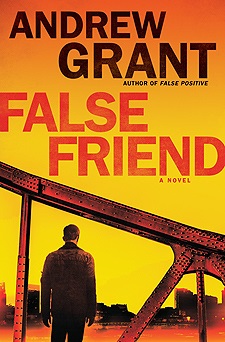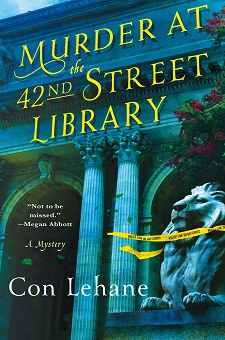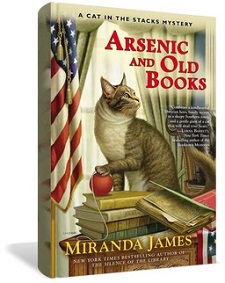Not every discussion during an interview makes it into the final story. It’s just a fact of journalism that sometimes interesting little tidbits aren’t included, because the main part of the story is long enough.
That’s also true of the submitted copy. Again, sometimes the story is just too long and a bit of editing is needed. As a longtime editor and copy editor, I know the best tools are knowing how to cut a story without ruining it.
So it is with my interview with Lee Child for the cover story of the current issue of Mystery Scene (Holiday Issue No. 147, published in December 2016).
So here is what was trimmed—and it makes a pretty good blog post, too.
Child and I were discussing family issues—how Reacher is alone, but Child is close to his family.

Reacher may be a loner, but writing is a kind of family affair in Child’s life. Child’s brother, Andrew Grant, who is 14 years younger, has written five published action-packed thrillers, and the sixth, False Friend, comes out in January 2017. But big brother says he doesn’t offer Andrew advice.
“We are both alike—stubborn—and I wouldn’t offer advice and I know he wouldn’t take it,” said Child with a laugh. “His career is his own. A book has to be organic. It has to be vibrant on its own. And it has to be written by only one person. As soon as an author starts to wonder, ‘Well, my brother would do it differently. Or Stephen King or Michael Connelly would do it differently,’ then you are lost.”
During Bouchercon 2016 in New Orleans, brief interviews were conducted on authors’ most memorable Bouchercon moments. Without hesitation, Child mentioned the 2008 conference in Baltimore, when he stepped away from the bar for a few moments. When he returned Grant was talking with Tasha Alexander, who writes historical mystery fiction. The two were married in 2010. “That’s how I met my future sister-in-law,” Child recounted with a smile. (An interview with Tasha Alexander appears in the Holiday issue No. 117, published in 2010.)
A couple of years ago, Child and his daughter, Ruth, collaborated on a pilot for a TV series that was sold, but, as of now, has not been picked up.
“It was fun doing the pilot and very illuminating to work together as two equal people—rather than as father and daughter. It was a wonderful experience,” said Child, who recently traveled to Los Angeles to pitch a TV series unrelated to Reacher.
“TV is a hungry beast and it constantly needs ideas. Most [pitches and pilots] don’t get picked up.”





